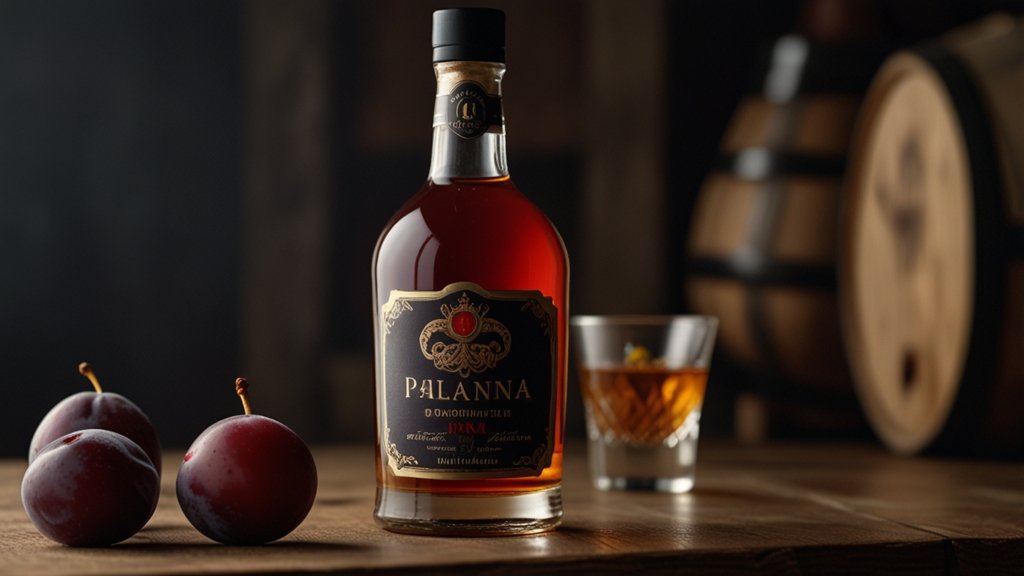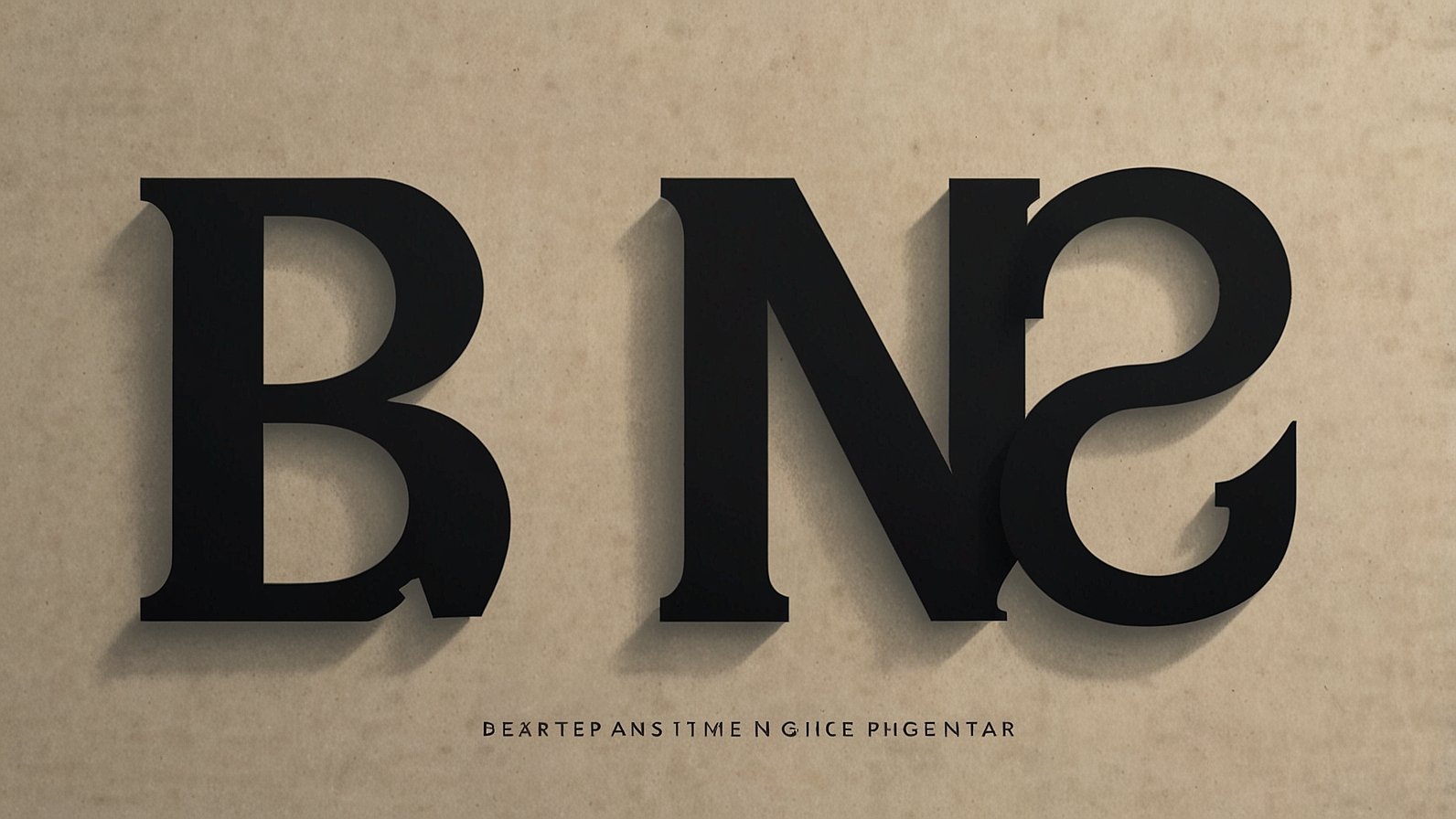If this: You step into a cozy cârciumă somewhere in Transylvania. The air hums with conversation, the scent of hearty stew mingles with woodsmoke. An old-timer catches the barman’s eye, gives a nod, and says, just loud enough, “Un deț, te rog.” Moments later, a small, unassuming glass appears, filled with a clear, potent liquid – perhaps horincă, țuică, or palincă. No elaborate order, no need for specification. That single word, “deț,” carries the weight of ritual, community, and a precise measure of fiery comfort. It sounds simple, almost insignificant. Yet, this tiny word is a linguistic fossil, a cultural touchstone, and a direct line to Central Europe’s enduring influence on Romania’s soul. Let’s unravel the surprisingly rich tale held within this deciliter-sized vessel.
More Than Just a Measure: Defining the Elusive “Deț”
At its most fundamental level, a deț is a unit of volume. Specifically, it denotes one deciliter (dl) – that’s 100 milliliters, or roughly 3.4 fluid ounces. Think of it as a tenth of a liter. Its primary historical role was as a liquid-measuring vessel, a practical tool found in kitchens, markets, and taverns for dispensing liquids like oil, vinegar, milk, or, most famously, spirits, with standardized accuracy.
However, language rarely stays confined to the technical. Through common usage, especially in rural areas and traditional settings, “un deț” underwent a fascinating semantic shift. It stopped referring only to the measure itself and began to signify the vessel typically used to contain that measure, particularly when filled with strong spirits. Ask for “un deț” in a village tavern, and you won’t receive a measuring cup; you’ll get a small glass, brimming with the local firewater, understood by everyone present to be that specific, familiar quantity. It’s a beautiful example of metonymy – the container representing the contents, and the measure defining the ritual.
Key Facets of “Deț”
| Feature | Definition & Significance |
|---|---|
| Core Meaning | A unit of volume equal to 1 deciliter (100 ml / ~3.4 fl oz). |
| Object | Historically, a vessel designed to hold exactly one deciliter. |
| Common Usage | Colloquially, refers to a small glass containing one deciliter of strong spirits (e.g., horincă, țuică, palincă). |
| Linguistic Role | A noun (substantiv). |
| Status | Considered regional and increasingly archaic, especially the strict measuring vessel meaning. The spirit-serving meaning persists more strongly in traditional contexts. |
| Cultural Weight | Represents tradition, conviviality, ritualistic consumption, and regional identity. |
A Linguistic Journey: Where “Deț” Got Its Name
The story of the word “deț” is a miniature map of Central European cultural currents washing over Romania. This isn’t a word born deep within Dacian or Latin roots; it’s an import, a loanword that settled comfortably into Romanian vernacular.
- The German Source (Deziliter): The clearest lineage points directly to the German word “Deziliter.” This is simply the German term for deciliter – “dezi-” (tenth) + “Liter.” German-speaking communities, particularly in Transylvania (Siebenbürgen), have had a profound and lasting influence on the region’s administration, trade, and daily life for centuries. It’s highly plausible that the term entered local Romanian usage through contact in markets, inns, and workshops where precise measures were crucial.
- The Hungarian Connection (Deci): Hungarian also played a significant role. The Hungarian word for deciliter is “deci” (pronounced det-si). Given the historical Hungarian administration over large parts of present-day Romania, especially Transylvania, and the centuries of cohabitation and cultural exchange, “deci” would have been another common vector for the term. The Romanian “deț” sounds like a natural adaptation, smoothing the Hungarian pronunciation into a more Romanian phonetic pattern.
- Latin Underpinnings (Decimus): While “deț” itself is a loan, its ultimate root is Latin “decimus,” meaning “tenth.” This root gave birth to the metric system’s “deci-” prefix (used in decimeter, deciliter, decigram) across many European languages, including German and Hungarian. So, while Romanian adopted the word from its neighbors, the concept of the tenth-part measure shares the same ancient Latin foundation.
This linguistic journey highlights how everyday Romanian, especially in regions with diverse historical influences, absorbed practical terms to fill specific needs. “Deț” isn’t just a word; it’s evidence of centuries of shared space, trade, and the practical blending of cultures on the Central European frontier.

The “Deț” in Action: Ritual, Community, and the Spirit of Romania
Understanding “deț” purely as 100 ml misses its beating heart. Its true significance lies in its cultural context, deeply intertwined with the production and consumption of traditional Romanian spirits – horincă (plum brandy, widespread), țuică (often stronger, double-distilled plum brandy), and palincă (a very strong, often fruit-based spirit, with specific regional regulations, particularly associated with Transylvania).
- The Measure of Conviviality: Ordering “un deț” is rarely about solitary drinking. It’s social currency. It’s the standard unit shared among friends, offered to guests as a sign of welcome and respect, or sipped slowly during conversation. It’s enough to feel the warmth and savor the flavor, but not so much as to overwhelm (immediately!). It facilitates sharing and connection.
- The Ritual Vessel: That specific small glass – often simple, sometimes slightly thicker – becomes an integral part of the experience. The act of pouring precisely “un deț,” the clinking of glasses, the shared “Noroc!” (Cheers!) – these are rituals embedded in Romanian hospitality and camaraderie. The deț vessel is the ritual object.
- Tradition in a Glass: In many rural households and traditional taverns, serving spirits in a deț is a mark of authenticity and adherence to custom. It harkens back to a time before standardized shot glasses, connecting the present moment to generations past. It signifies respect for the spirit itself and the craft of its making.
- Practicality and Pace: Let’s be practical! These spirits often range from 40% to 55% alcohol by volume (ABV) or even higher for homemade varieties. A deț (100ml) is a sensible serving. A full small wine glass (often around 150-200ml) would be excessive for such potency. The deț allows for enjoyment and conversation without demanding rapid consumption or leading swiftly to intoxication. It encourages savoring.
Balkan Spirit Measures: A Comparative Glimpse
| Country/Region | Common Spirit Measure | Approximate Volume | Notes |
|---|---|---|---|
| Romania | Deț | 100 ml | Regional/archaic term, specifically tied to the vessel & serving ritual. |
| Romania | Pahar mic (small glass) | ~50-100 ml | Common modern equivalent, less precise than “deț” intent. |
| Hungary | Deci | 100 ml | Standard term for deciliter measure, used for spirits. |
| Hungary | Unicum pohár | ~50 ml | Specific glass for the herbal spirit Unicum. |
| Serbia | Čokan | ~30-50 ml | Small glass, often for rakija. |
| Serbia | Tara | ~100 ml | Larger serving, sometimes used. |
| Bulgaria | Čoka | ~50 ml | Common small measure for rakia. |
| Croatia | Cuga | ~20-30 ml | Very small, traditional measure. |
| Croatia | Malo (small) | ~50 ml | More common modern serving. |
| General | Standard “Shot” | 30-50 ml | Varies widely internationally; often smaller than a traditional “deț.” |
READ ALSO: Abithelp Tablets: The Multi-Nutrient Supplement to Support Wellness
Why Does “Deț” Persist? The Enduring Power of Cultural Specificity
In an era of global standardization, where liters and milliliters reign supreme, and “shot glasses” of varying sizes are ubiquitous, why does this seemingly archaic term, deț, still echo, particularly in relation to spirits?
- Cultural Identity & Nostalgia: For many, especially older generations or those deeply connected to rural traditions, “deț” evokes a sense of place and belonging. It’s a linguistic heirloom, a word that connects them to their childhood, their village, their grandparents’ hospitality. Using it is an act of preserving cultural memory.
- Precision within Tradition: While the metric system is universal, “deț” offers a culturally specific precision within the world of traditional spirit consumption. It doesn’t just mean 100ml; it means the right way to serve that specific drink in that specific context. It carries an unspoken understanding of the ritual.
- Distinction: Using “deț” instead of just “un pahar mic” (a small glass) adds a layer of authenticity and tradition. It signals knowledge and appreciation for the old ways. It distinguishes a traditional serving from a generic small pour.
- Romanticism of the Regional: There’s a certain charm and romanticism associated with regional dialects and archaic terms. “Deț” sounds distinctly Romanian, yet hints at the fascinating cultural crossroads of Transylvania and Banat. It adds flavor to the language, much like the spirit it measures adds flavor to the gathering.
- Resistance to Homogenization: In a world where local customs can be eroded by global trends, clinging to words like “deț” is a subtle form of resistance. It asserts the value of local specificity, unique traditions, and the nuances that make a culture distinct.
From Measuring Cup to Cultural Icon: The Evolution of Meaning
The journey of “deț” mirrors the evolution of language itself, driven by human need and social practice:
- The Practical Necessity (Origin): The need arises for a precise, standardized small measure for liquids in trade and daily life. The term “deziliter/deci” is adopted from neighboring languages to fill this lexical gap.
- The Object Materializes: A physical vessel – the deț measuring cup – is created or designated to hold exactly this measure. It becomes a common household and tavern tool.
- Metonymic Shift (Container for Content): Through constant association, the word “deț” begins to be used not just for the measure or the empty vessel, but specifically for that vessel when filled with the most commonly measured liquid in social contexts: strong spirits. “Un deț de horincă” becomes condensed to simply “un deț.”
- Ritual Embedding: Serving spirits in a “deț” becomes ingrained in social rituals – welcoming guests, sealing deals, celebrating, commiserating. The vessel and the measure become synonymous with the act itself.
- Archaism & Regional Pride: As standardized measures (ml, cl) and generic glasses become dominant, the strict measuring vessel “deț” fades from everyday use outside specific traditional settings. However, the term persists robustly in its colloquial meaning (“a small glass of spirits”) within regions, becoming a marker of local identity and tradition. Its very archaism becomes part of its charm and significance.
- Modern Resonance: Today, “deț” lives on primarily as a cultural keyword. It might be used knowingly in traditional restaurants, by older generations, or in discussions about Romanian customs and linguistic heritage. It’s less a practical measurement tool and more a symbol of a way of life.
Finding “Deț” Today: A Fading Echo or a Resilient Whisper?
You won’t find “deț” measuring cups on the shelves of modern Romanian supermarkets. But the spirit of the deț endures:
- In Traditional Pubs (Cârciumi/ Hanuri): Venture into an authentic, older establishment, especially in Transylvania, Maramureș, or Bucovina. Ask an older barman or a local patron for “un deț.” There’s a good chance they’ll understand, smile, and serve you that specific small glass of horincă or palincă. It’s a password to tradition.
- Rural Homes & Celebrations: During festivals, weddings, or visits in the countryside, especially among older generations, you might still hear “Hai, beau un deț!” (Come on, I’ll have a deț!) or “Ia mai pune-mi un deț!” (Go on, pour me another deț!). It’s the language of home and heritage.
- Linguistic Memory & Cultural Discourse: The word features in dictionaries (marked as regional/archaic), historical linguistics papers discussing loanwords, and articles (like this one!) exploring Romanian cultural identity. It sparks conversations about vanishing traditions and the importance of preserving linguistic diversity.
- Nostalgia & Branding: Some modern producers of traditional spirits or themed restaurants might playfully use “deț” in their marketing or serving descriptions, evoking authenticity and nostalgia for a bygone era. It adds a layer of cultural depth.
However, its use is undeniably fading among younger, urban Romanians, replaced by “un pahar mic” or simply requesting the spirit by name. This makes encounters with the true “deț” ritual all the more precious.
Beyond the Glass: What “Deț” Teaches Us About Culture and Language
The humble deț is far more than a unit of volume. It’s a microcosm of cultural history and linguistic evolution:
- Language as a Living Archive: Words like “deț” are fossils. They preserve history – trade routes, cultural contact (German/Hungarian influence), technological needs (standardized measurement), and social practices (spirit rituals). Studying them unpacks layers of the past.
- The Power of Specificity: “Deț” demonstrates how cultures develop incredibly specific vocabulary for things that matter deeply within their context. That precise measure, tied to that specific vessel and drink, reflects the cultural importance of the ritual it facilitated.
- Objects Embedded with Meaning: A simple glass isn’t just glass. When designated as a “deț,” it becomes a vessel of tradition, hospitality, and shared identity. Material culture is inseparable from intangible heritage.
- The Inevitability of Semantic Shift: Words rarely stay frozen. “Deț” evolved from abstract measure to physical object to ritual serving, driven entirely by how people used it. Language is pragmatic and user-driven.
- Value in the “Archaic”: Terms labeled “archaic” or “regional” aren’t obsolete curiosities. They are vital threads in the fabric of cultural identity and linguistic diversity. Preserving them, understanding them, is preserving nuance and history. They offer unique perspectives lost in standardized global language.
- The Intimacy of Measurement: The deț reminds us that measurement isn’t always coldly scientific. Sometimes, it’s deeply personal and cultural – the “just right” amount for sharing, for savoring, for marking a moment among friends. It’s measurement imbued with warmth.
Raising a Glass to the “Deț”: A Call to Savor the Small Things
In our fast-paced, homogenizing world, the story of the deț is an invitation to pause and appreciate the depth hidden within seemingly simple things. It urges us to:
- Listen to the Old Words: Pay attention to the regionalisms, the archaic terms used by elders. They aren’t mistakes; they are stories waiting to be heard. Ask what they mean, where they came from. You might uncover a history lesson.
- Savor the Ritual: Whether it’s coffee, tea, or a spirit, recognize the rituals surrounding consumption. That specific cup, that precise way of pouring – these aren’t arbitrary; they carry meaning and connection. The deț ritual fosters presence and community.
- Celebrate Cultural Specificity: Embrace the unique words, customs, and measures that define a place. Don’t let them vanish under the weight of global sameness. The “deț” is a distinctly Romanian-Central European artifact; its uniqueness is its value.
- Measure More Than Liquids: Think about the “dețs” in your own life – the small, specific traditions, objects, or phrases that hold disproportionate cultural or personal significance. What do they measure for you? Comfort? Belonging? Memory?
- Keep the Tradition Alive (Respectfully): If you find yourself in a setting where “un deț” is offered, receive it with appreciation for the tradition it represents. Sip it slowly, engage in the conversation. Understand the cultural weight in that small glass.
Conclusion:
“Deț.” Two letters, one syllable, a hundred milliliters. Yet, within it flows centuries of history: Germanic precision meeting Romanian warmth, Hungarian administration blending with local tradition, the practicality of measurement transforming into the poetry of ritual. It’s a word that shimmers on the edge of memory, a linguistic heirloom passed down through generations of clinking glasses and shared stories.
It may no longer be the standard term on a supermarket label, but its echo persists in the cozy corners of traditional pubs, in the nostalgic sighs of grandparents, and in the very fabric of Romania’s regional identities. The deț is more than a vessel; it’s a testament to how culture imbues the most ordinary objects and measures with extraordinary meaning. It reminds us that sometimes, the smallest things – a word, a glass, a deciliter – hold the deepest stories. So, next time you hear or see “deț,” remember: you’re not just looking at a measure or a glass. You’re glimpsing a rich tapestry of history, community, and the enduring spirit of a place, perfectly contained.
FAQs:
- Is “deț” still a commonly used word in Romania today?
- Its use as a strict measuring vessel is rare and considered archaic. However, its meaning as “a small glass of strong spirits” persists much more robustly, especially in rural areas, traditional settings (like old pubs), and among older generations. It’s a regional and nostalgic term.
- What exactly is the difference between “deț” and just asking for “un pahar mic” (a small glass)?
- While both might get you a small drink, “deț” carries specific cultural connotations. It implies tradition, authenticity, and often the specific measure of 100ml (one deciliter) of a traditional spirit (horincă, țuică, palincă). “Un pahar mic” is more generic – any small glass, potentially of any liquid, without the traditional weight.
- Where did the word “deț” originally come from?
- “Deț” is a loanword, adapted into Romanian from neighboring languages. Its primary source is the German “Deziliter” (deciliter). The Hungarian “deci” (also meaning deciliter) was another significant influence, especially given historical administration in Transylvania. Both words share the Latin root “decimus” (tenth).
- What kind of spirits are typically served in a “deț”?
- Almost exclusively traditional Romanian (or broadly Central European) fruit brandies. The most common are:
- Horincă: Plum brandy (very common, especially in Transylvania).
- Țuică: Plum brandy, often stronger or double-distilled (common across Romania).
- Palincă: A very strong fruit brandy (often >50% ABV), with strict production rules, particularly associated with Transylvania. Less commonly, other local spirits might be served this way.
- Almost exclusively traditional Romanian (or broadly Central European) fruit brandies. The most common are:
- Why is 100ml (a deț) considered a standard serving for such strong spirits? Isn’t that a lot?
- While potent (40-55%+ ABV), serving in a deț (100ml) is deeply tied to social ritual and pace. It’s not meant for quick shots. It’s poured to be sipped slowly over conversation, shared among friends during a longer gathering. The volume allows for savoring and socializing without constant refills, fitting the traditional pace of hospitality. Smaller servings (50ml) are also common, but the “deț” signifies a specific traditional measure.
- Can I buy a “deț” measuring cup?
- Finding a new vessel specifically labeled or marketed as a “deț” measuring cup is highly unlikely in standard stores. You might find vintage ones in antique shops or markets in Romania. Modern deciliter (100ml) measuring cups exist, but they aren’t culturally referred to as “deț” anymore. The term survives primarily through its association with the spirit-serving glass.
- Is “deț” used anywhere outside of Romania?
- The specific Romanian word “deț” is unique to the Romanian language and its cultural sphere (understood in Moldova too). However, the concept of a culturally specific small measure for spirits exists across the Balkans and Central Europe, often using different terms (e.g., Hungarian “deci,” Serbian “čokan,” Bulgarian “čoka”). The influence comes from German/Hungarian, but the word itself is distinctly Romanian.
YOU MAY ALSO LIKE: Çeciir – A Timeless Turkish Stew to Delight Your Taste Buds











